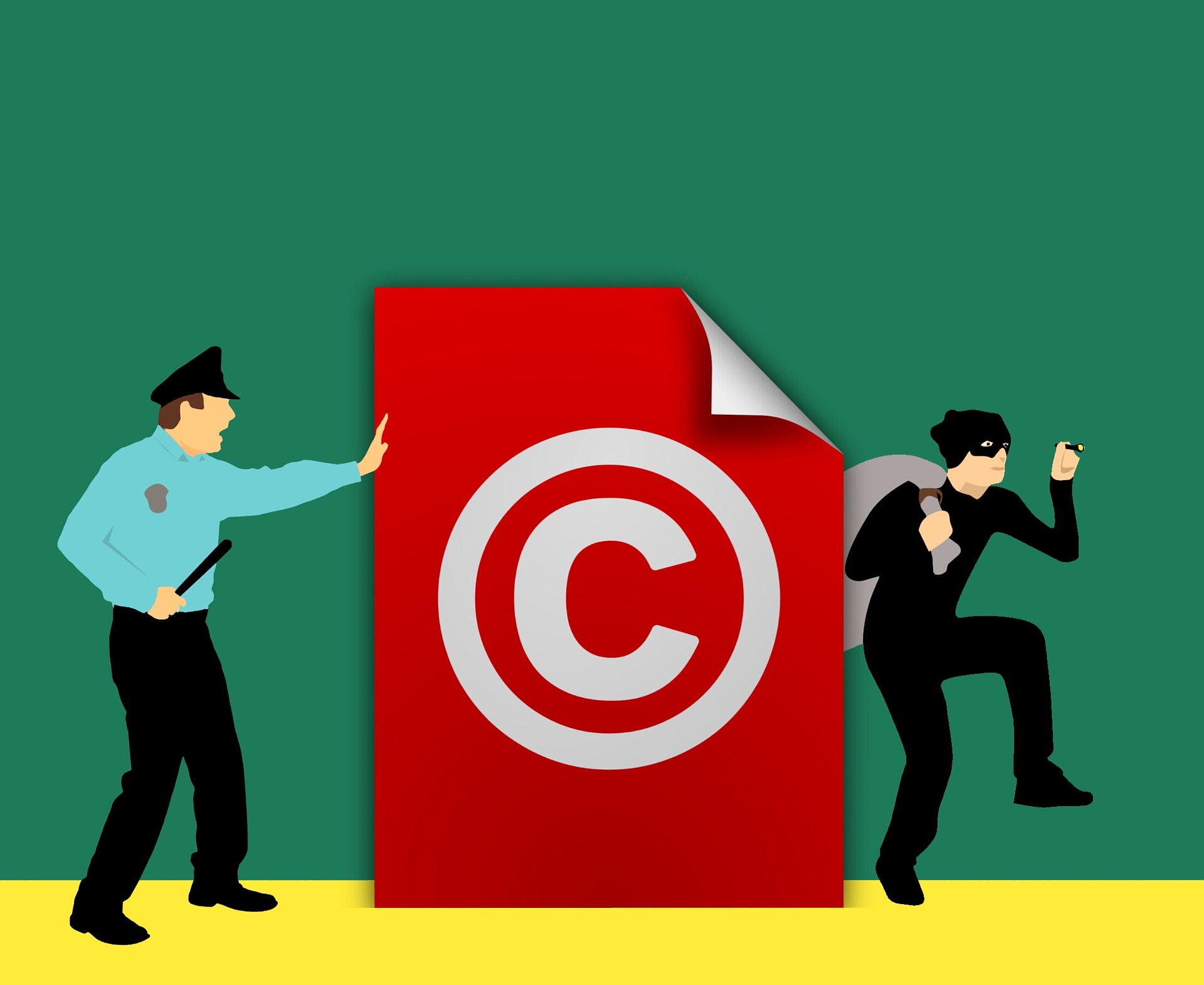Copyright in front of artificial intelligence

1. An infringement action of a work produced by an automated program
Tencent, a company specializing in internet services and online advertising, published on its website a financial report article written by an algorithm-based intelligent writing system and data set, called « Tencent Robot Dreamwriter ».
After noticing that the article was reproduced without permission on a website operated by Shanghai Yingxun Technology, Tencent filed an infringement action against the said company.
However, the underlying and main issue in this dispute is whether a work generated with the help of artificial intelligence can adequately benefit from copyright protection.
The issue has been a constant source of controversy on an international scale for several years, and the Beijing Internet Court ruled in 2019 that only legal subjects expressly specified by Chinese copyright law should be considered as appropriate authors of works. Therefore, algorithmic programs are excluded. The court had also investigated on the process of generating the artificial intelligence at issue.
2. A precarious apprehension of creations generated by artificial intelligence
According to Revised Issues Paper on Intellectual Property Policy and Artificial Intelligence of May 21, 2020 prepared by the WIPO Secretariat, a distinction should be made between « AI generated », which does not require human intervention and which can modify its behavior during an operation in accordance with the application of various factors and « AI assisted », which conversely requires material human intervention and/or direction.
Regarding the European Union, the Delvaux Report adopted in February 2017 by the European Parliament proposed to grant a « sui generis » intellectual property protection to works created by artificial intelligence and to reflect on the criteria of proper intellectual creation applicable to copyrightable works created by computers or robots.
3. Towards an evolution of copyright in the field of artificial intelligence
The case opposing Tencent to Shanghai Yingxun Technology is the first litigation to support copyright protection for a work generated by an algorithmic program.
During the proceeding, Tencent explained the entire process of the “creative team” used to generate and publish the article with the assistance of the “Dreamwriter” robot.
The court carried out a reasoning based in particular on two points of assessment.
Firstly, attention was classically paid to the form of expression, the content and structure of the article that have been judged original.
Then, the court turned to the generation process of the article. In this regard, it focused on the presence of factors indicating the creator’s individual selections, judgment and required skills, recognizing that the creation process differed from the ordinary process of creating written works.
This court decision tends to favor, eminently, a possible extension of copyright protection to works generated by artificial intelligence on an international scale. However, reflections on the criteria that could be specifically retained in order to appreciate the benefit of the protection of these works coming from a creative process that has been excluded until now, will continue to feed, and even prolong, the debate.
In order to offer our clients a unique expertise, necessary for the exploitation of intangible assets, we keep you informed about intellectual property and digital economy issues through articles written by Dreyfus’ legal team.
About this topic…
♦ All concerned: works generated by artificial intelligence


 Aside from including related rights for press publishers and press agencies, and rebalancing relations between rights holders and content sharing platforms, the
Aside from including related rights for press publishers and press agencies, and rebalancing relations between rights holders and content sharing platforms, the 




 Companies which specialise in the audiovisual sector often require protection for their program titles through trademark law. If granted, this protection obviously offers considerable advantages for the company, but it is necessary to take into consideration some limits to it.
Companies which specialise in the audiovisual sector often require protection for their program titles through trademark law. If granted, this protection obviously offers considerable advantages for the company, but it is necessary to take into consideration some limits to it.


 The U.S. Supreme Court held on March 4, 2019 on a long-debated question.
The U.S. Supreme Court held on March 4, 2019 on a long-debated question.